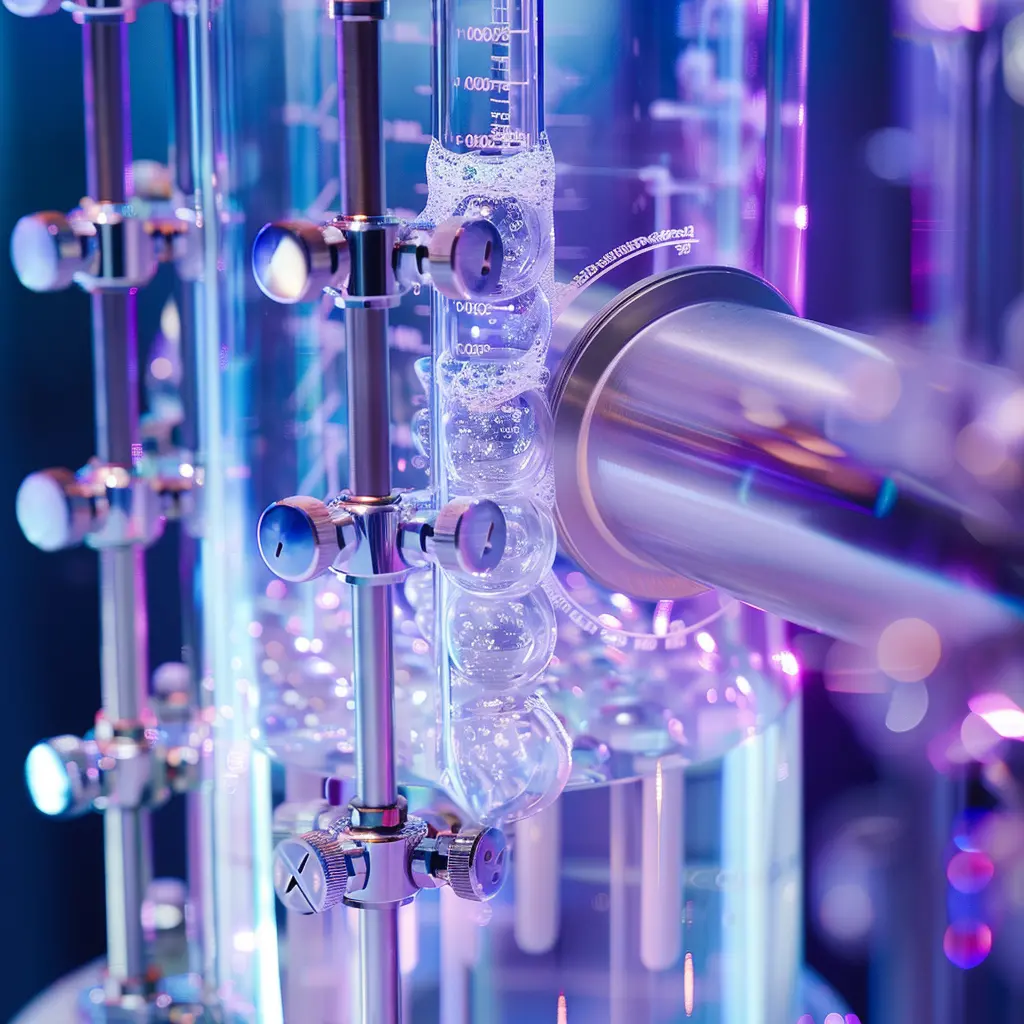Polyacrylamide (PAM) is an important polymer compound that is widely used in water treatment, soil improvement, oil extraction, etc. However, its impact on the environment has attracted increasing attention.
Studies have shown that polyacrylamide can improve the sedimentation effect of sewage in water treatment, reduce dependence on chemical agents, and thus reduce its pollution to water bodies. However, if not properly handled, residual polyacrylamide may have a negative impact on the ecosystem and affect the survival of aquatic organisms.

With the strengthening of environmental protection policies, the market demand for polyacrylamide is growing. According to data, the average annual growth rate of this market is expected to reach 8% in the next five years. Enterprises need to pay attention to environmental protection technologies in the production process and improve the sustainability of products to adapt to market changes.

Polyacrylamide has brought broad application prospects to various industries, but its environmental impact cannot be ignored. By promoting sustainable production and conducting environmental research, companies can help promote environmental protection while maintaining their competitive advantage.


